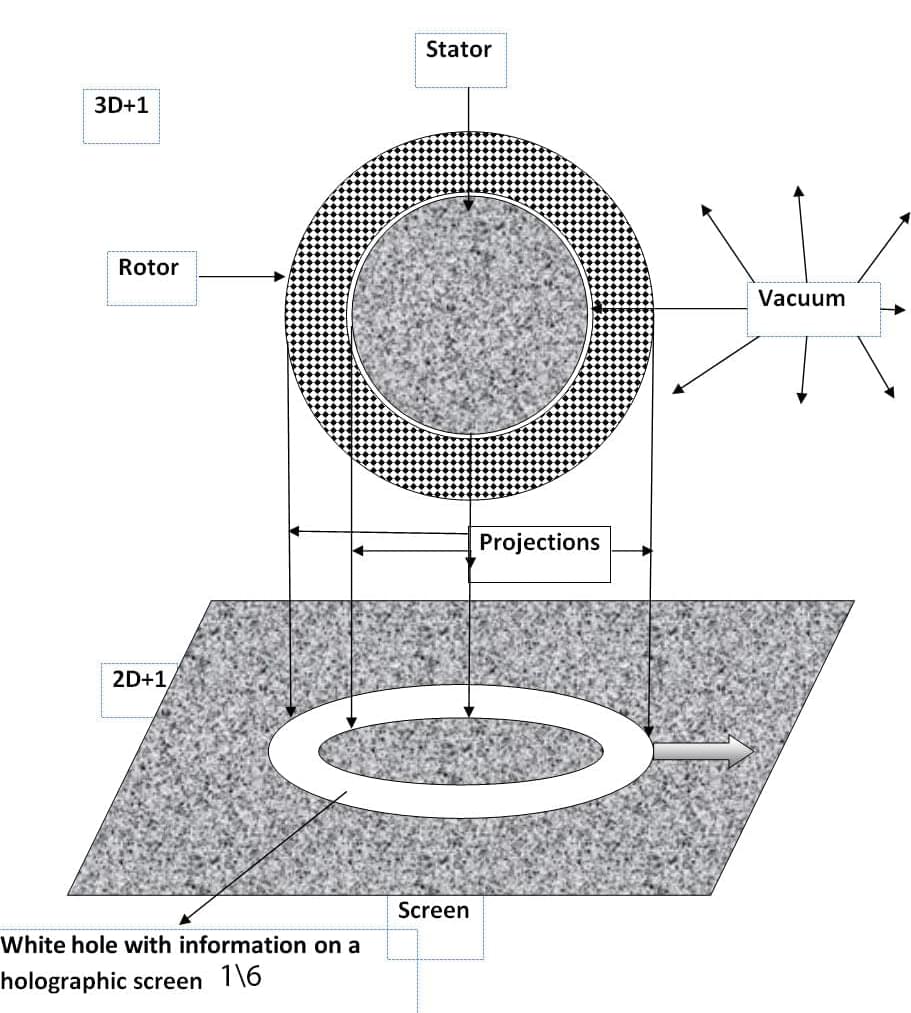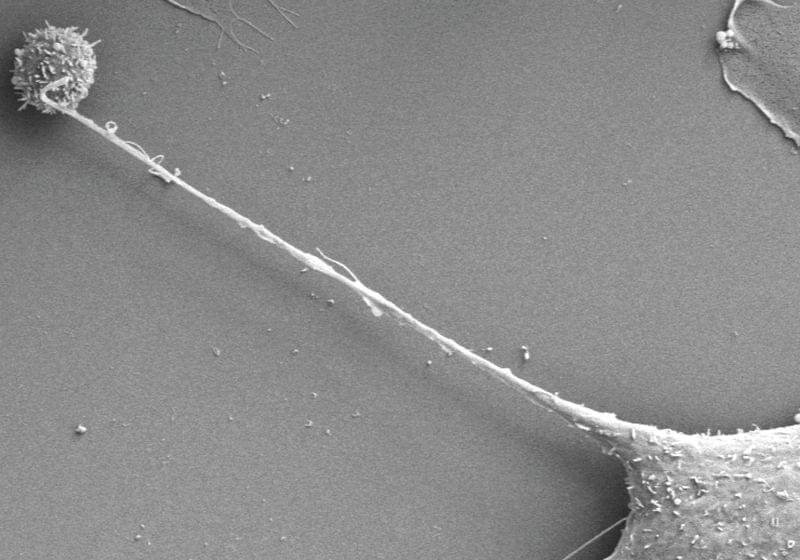For it is they who are leading a charge towards a new frontier in medicine that will revolutionise our ‘healthspans’ — the number of years of good health we can expect to enjoy — and push back the worst effects of ageing.
The announcement this week that a new anti-ageing company, Altos Labs, which is based in the U.S. and UK, has been established to ‘hack’ the ageing process has reignited interest in the science of rejuvenation, an obsession that has spanned continents and the ages.






